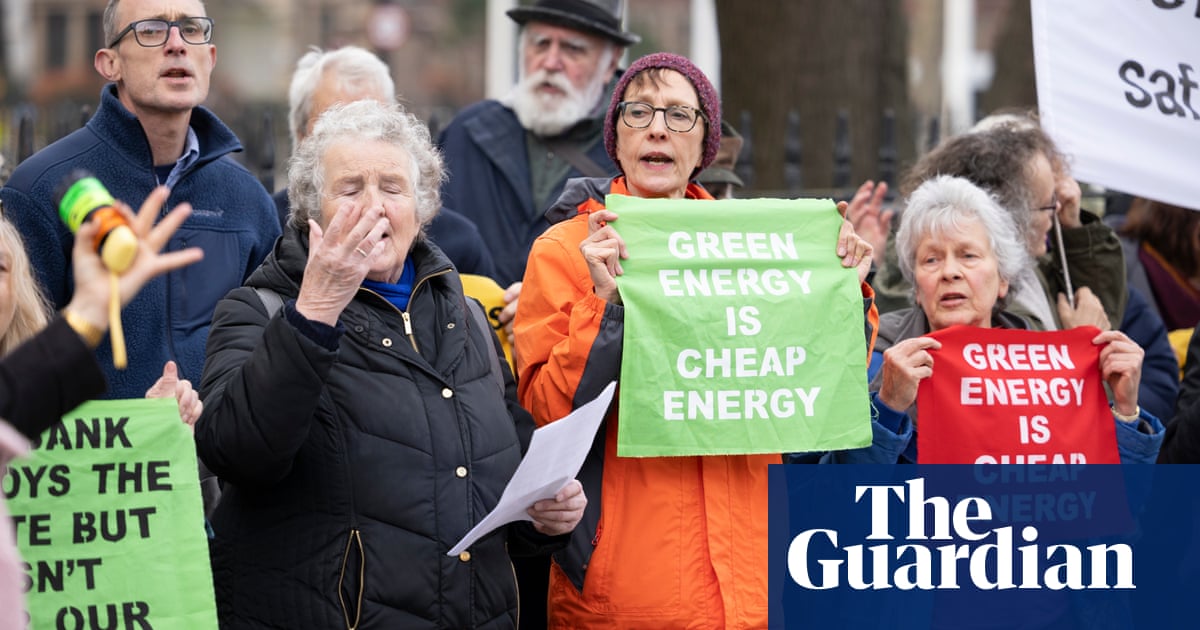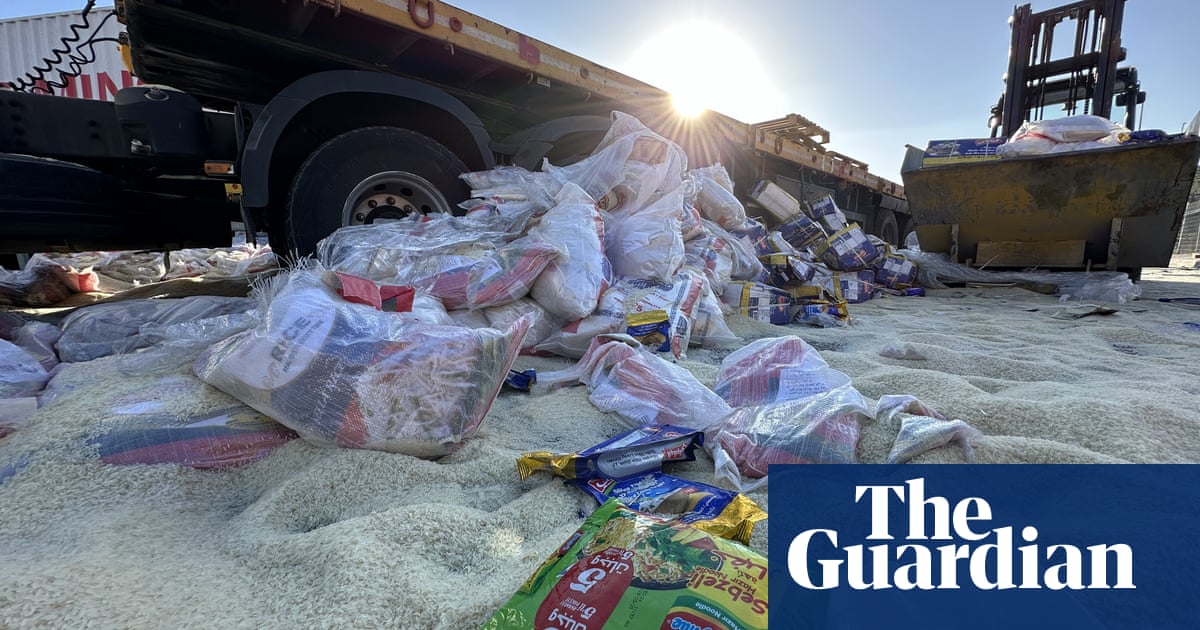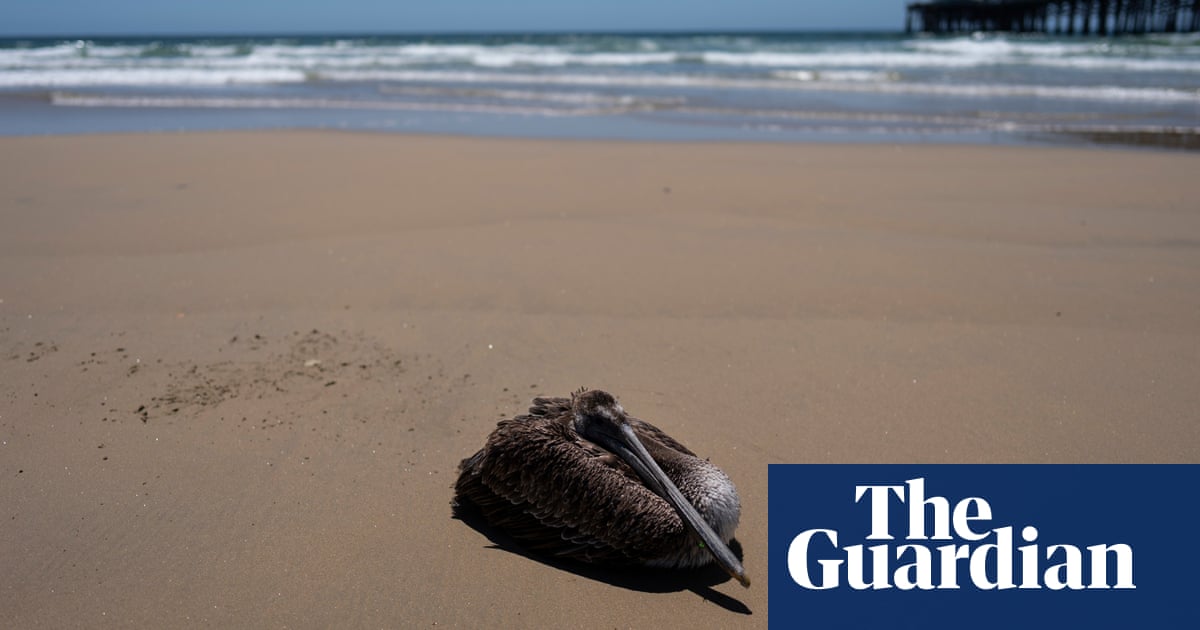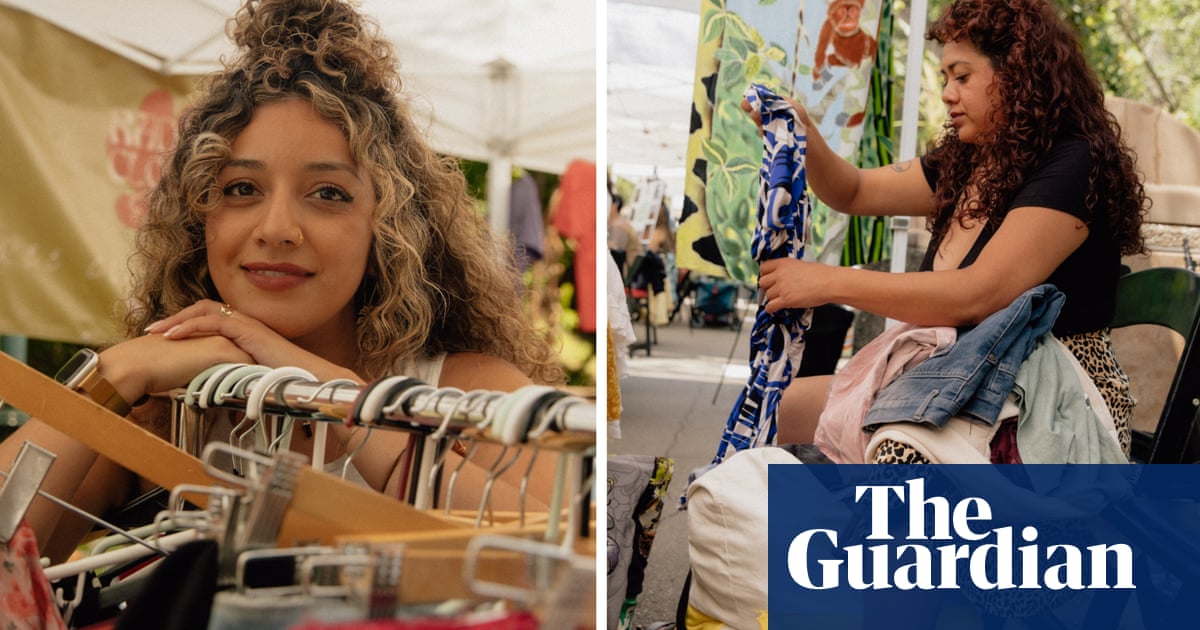A multibillion-pound ânet zeroâ project backed by two of the worldâs biggest fossil fuel firms will be responsible for more than 20m tonnes of planet-heating carbon over its lifetime, according to research submitted to the UK government.
The Net Zero Teesside scheme to build a new gas-fired power station in north-east England is backed by BP and Equinor and says it will use carbon capture and storage (CCS) technology to capture up to 95% of its emissions and bury them beneath the North Sea.
But according to evidence submitted to the government, even if the projectâs claims for its carbon capture and storage facility prove accurate, the gas power station would still be responsible for more than 20m tonnes of carbon pollution over its lifetime.
Andrew Boswell, an energy analyst who carried out the research based on Net Zero Teessideâs own figures, said: âWhen a project produces over 20m tonnes of carbon pollution, it is simply wrong, and misleading, to call it ânet zeroâ.â
Boswell calculated that once the âupstream emissionsâ associated with the project, such as extraction, refining, transportation and methane emissions from the gas â including liquefied natural gas from the US â were taken into account, the power station would emit more than 20.3m tonnes of carbon pollution.
In February the project was given the green light by the energy secretary Claire Coutinho, despite Boswellâs calculations being acknowledged as correct.
A spokesperson for the Department for Energy Security and Net Zero did not dispute the figures but defended the scheme, saying CCS has been described as a ânecessity not an optionâ by the governmentâs climate advisers. âPower stations with these facilities will provide a stable energy supply, not dependent on the weather, with low emissions. This will be vital to support a secure, largely renewables-based energy system in 2050.â
They added the governmentâs £20bn investment in carbon capture and storage would drive economic growth and support up to 50,000 jobs.
Boswell, backed by the green industrialist Dale Vince, is taking the government to court to get a judicial review of the decision, which they say falls foul of climate commitments
Vince said: âThis is a fake net zero project from two of the worldâs biggest fossil fuel companies. How on earth can polluting the atmosphere with 20m tonnes be net zero? The project should not have been allowed to go ahead and thatâs why weâre supporting the legal challenge against this fossil-fuelled deception.â
Aside from the upstream emissions, scientists are also sceptical of the efficiency of the carbon capture technology that is at the heart of the Teesside projectâs emissionsâ calculations. The process aims to capture emissions, rather than release them into the atmosphere, and bury them underground.
A spokesperson for the Net Zero Teesside project said it would help the UK government meet its net zero targets by capturing significant CO2 emissions. They said there were more than 40 CCS facilities in operation around the world. âNational policy is clear, a key component of transitioning to a low carbon economy is the phasing-out of unabated gas generation through the deployment of gas-fired electricity generation with CCS.â
This month the governmentâs climate action plan was ruled unlawful in the high court, with the judge finding the governmentâs proposed measures would fail to meet the UKâs climate goals.
Mike Childs, the head of policy at Friends of the Earth, said: âItâs extremely optimistic to claim that CCS would capture 95% of this power stations emissions ⦠the high court found that the government climate action plan was unlawful and ruled it must produce a new one in line with its targets. Itâs fanciful to believe that gas-fired power stations with CCS are compatible with a carbon reduction strategy that is fit for purpose.â









